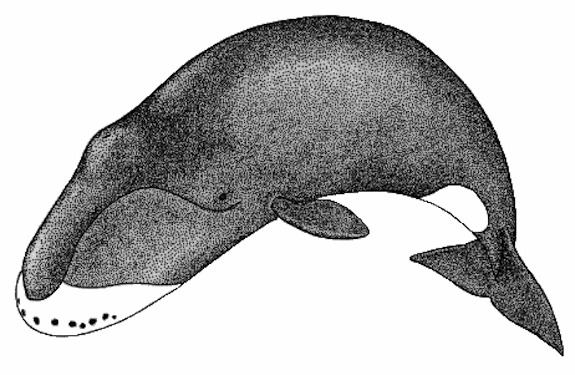
In the icy waters off Alaska’s North Slope, a remarkable tale of survival unfolds. While the recovery of the bowhead whale population is fascinating, the real marvel lies in the age of these majestic creatures. Some of the bowhead whales that grace these frigid waters today have surpassed the remarkable age of 200 years.

Bowhead whales, once threatened by Yankee commercial whaling from 1848 to 1915, have shown incredible resilience. During this era, their numbers were decimated, leaving only about 1,000 of these colossal marine mammals. The bowhead whales have demonstrated a remarkable ability to endure, given their potential lifespan of over two centuries. It is a testament to their tenacity and the unpredictable course of history that has preserved these giants.
Intriguingly, Herman Melville authored “Moby Dick” in 1851 after a brief stint on a whaling ship. He chronicled the epic journey through the book, which has become a classic of American literature. The novel encapsulates the essence of the whaling era and its maritime adventures.

Today, the bowhead whale population in these Arctic waters has surged to approximately 14,000, a significant recovery since the dark days of commercial whaling. These whales are aptly named for their massive, bow-shaped skulls, measuring over 16.5 feet (5 meters) in length and comprising about 30-40% of their total body size. This colossal skull allows the bowhead whale to break through the thick Arctic ice by using its head as a battering ram. Additionally, their blubber layer, ranging from 17-19 inches (43-50 cm) in thickness, surpasses that of any other whale species.

While bowhead whales are celebrated for their resilience and longevity, none of them in Alaskan waters, as far as we know, bear the iconic white hue that made Moby Dick famous. Instead, they stand as living testaments to the enduring wonders of the natural world and the intricate tapestry of life that weaves through time.

Leave a Reply